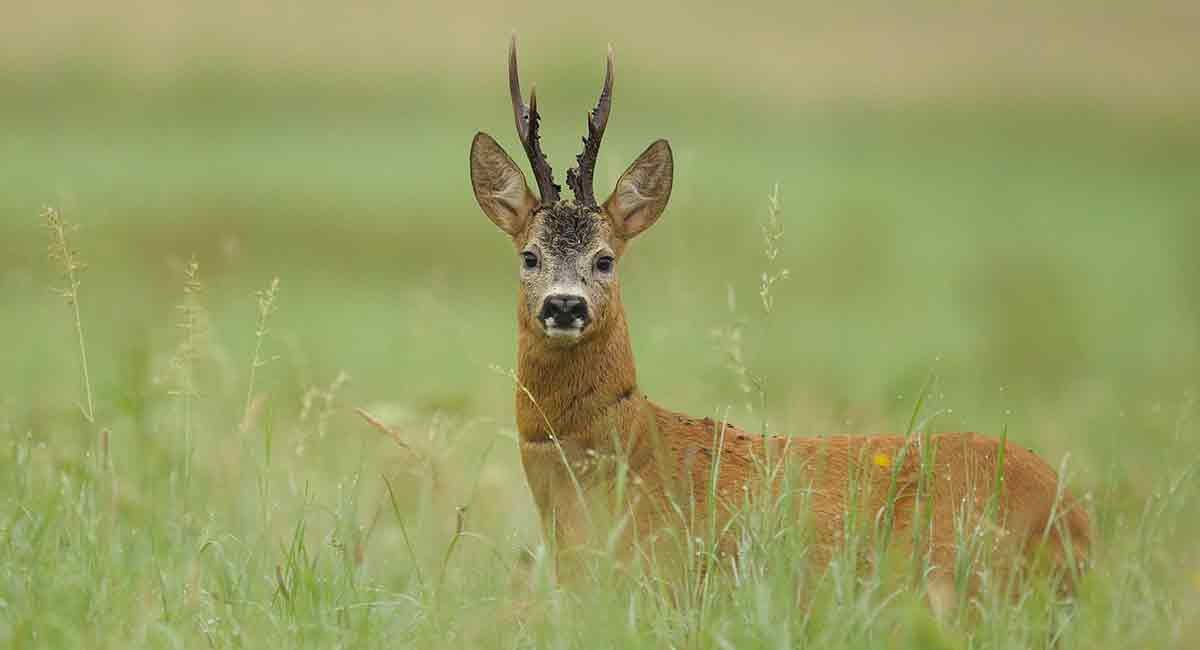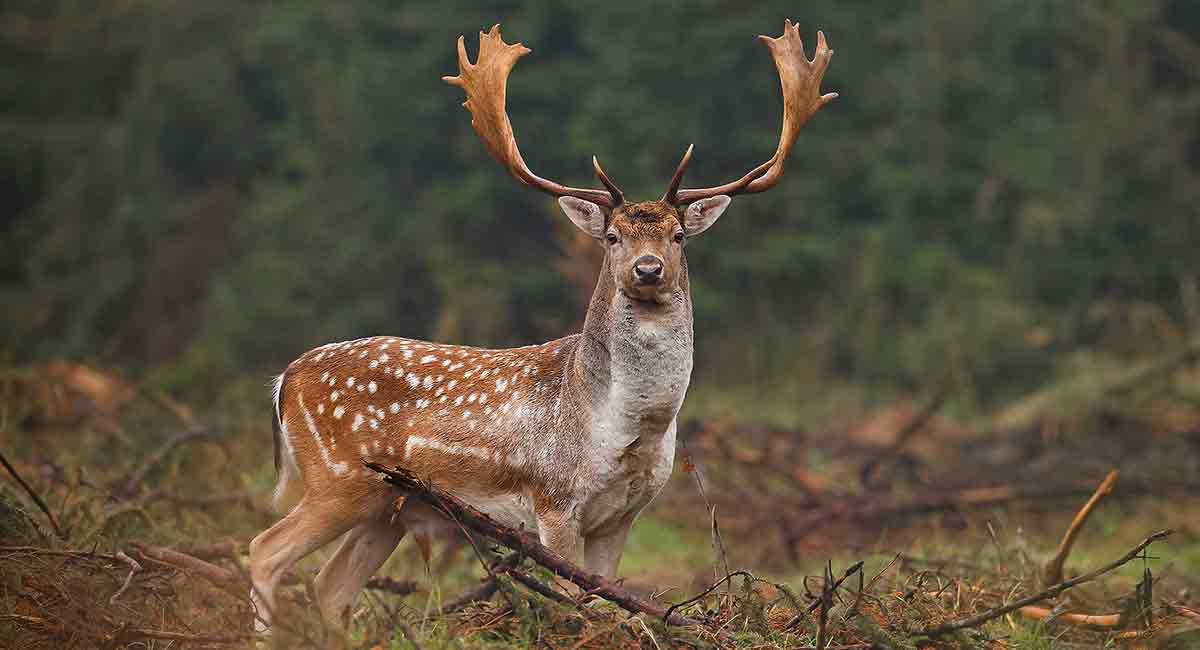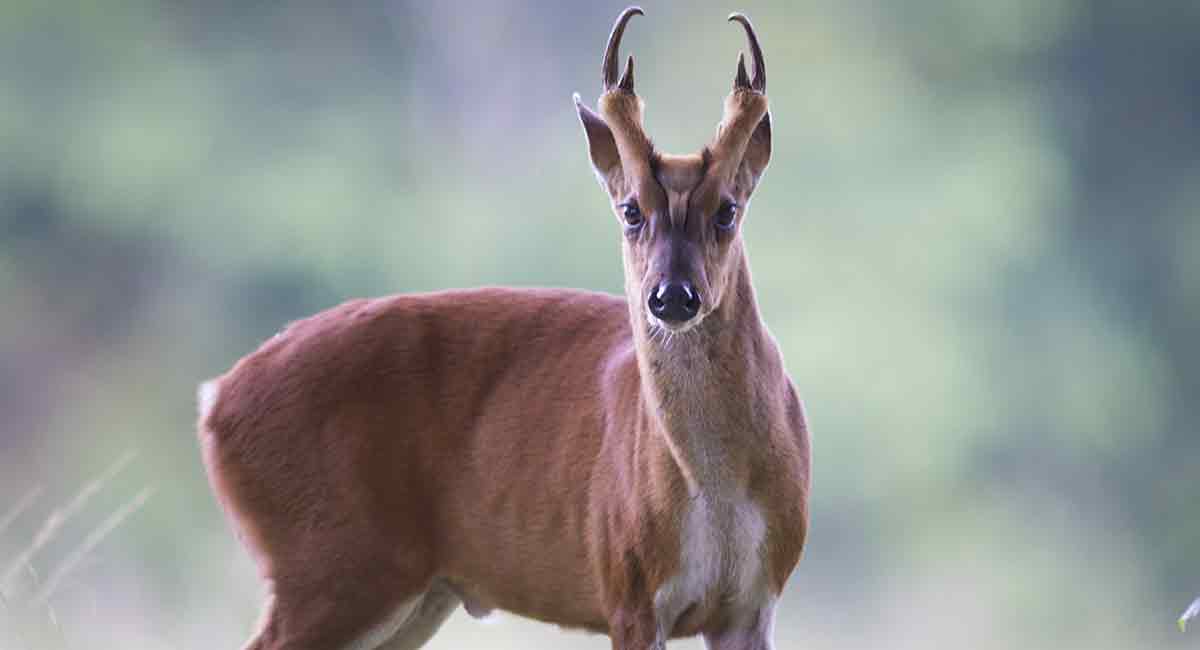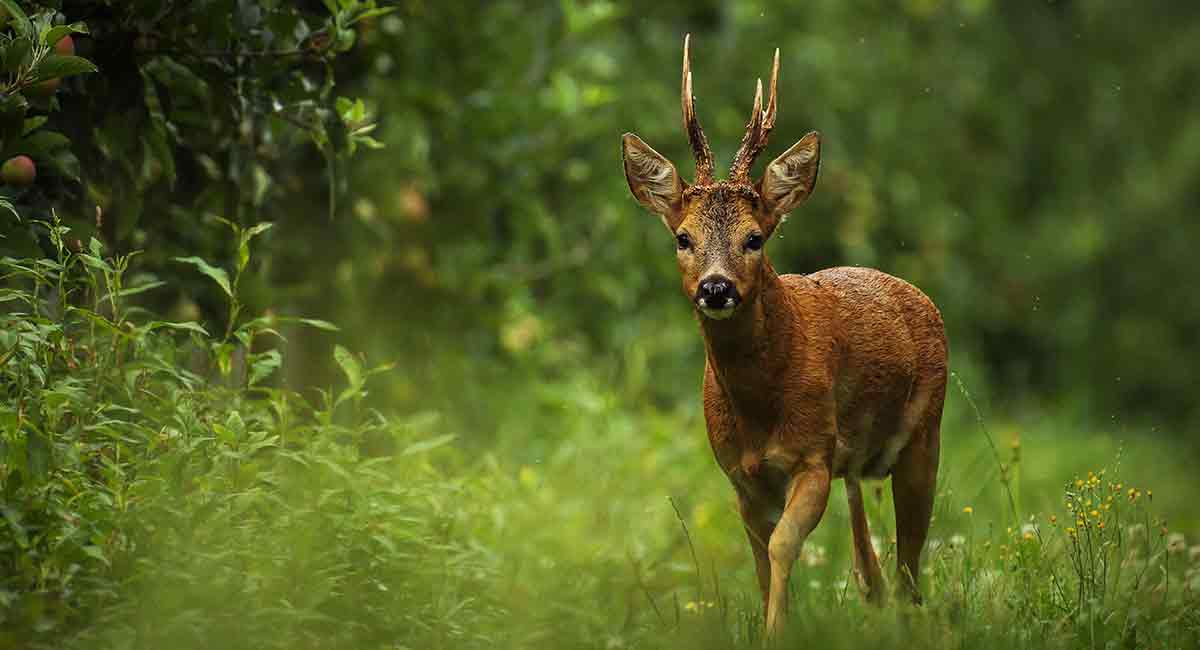All about deer
What you need to know.
There are three species of deer that are likely to come in to conflict with humans in Southern England. These are the native Roe, the Fallow and the Muntjac.
This article is intended to give you some basic information about deer, their habits and their biology.
Roe deer
The dainty and graceful Roe Deer is a highly successful inhabitant of forest and farmland in the South of England.
This shy and secretive animal manages to live successfully in some of the most densely populated areas in Europe.
They can be spotted feeding in quiet corners of fields and gardens at dusk and dawn, melting imperceptibly into the undergrowth when disturbed by people or dogs.
Roe deer are territorial and usually range within quite a small area of just a few acres.
Roe deer are most often seen on their own or in groups of two or three.
The Roe Buck is a solitary animal except during the rut when he pursues and mates with a doe. The does spend quite a large part of the year in the company of their young.

Roe deer are unusual in that they rut during the summer. The resulting embryonic baby does not actually implant into the wall of the Roe doe’s uterus and start to grow, for several months.
This is so that the kids can still be born in spring/early summer and grow up during the abundance of the summer months.
Roe does leave their new born babies alone for quite long periods of time, especially if disturbed.
The baby remains absolutely motionless and quiet until his mother returns. This reduces the chances of predators seeing or scenting them.
Unfortunately human walkers come across these babies from time to time and assume they have been abandoned.
With sad consequences when the mother returns to find her baby has been removed.
If you see a roe kid apparently abandoned, it has not been. Just step quietly away and the mother will return when you are gone.
Roe deer are able to expand their population quite rapidly as they usually give birth to twins and sometime to triplets.
Fallow deer
These large and handsome animals are social. The males are distinguished by their magnificent antlers with distinctively flattened broad tips.
They enjoy one another’s company and live and move around, in large groups.
Does and bucks form separate single sex herds for much of the year.

Like most other deer, Fallow rut in the autumn when the buck’s distinct ‘groaning’ can sometimes be heard by those out walking in the countryside.
Babies are born the following spring/early summer
Does usually produce a single fawn each year for up to ten years.
Muntjac deer
The muntjac is the smallest deer you are likely to see in the British countryside weighing not much more than twenty five pounds as an adult.
And like the Roe, the muntjac tends to stick to quite a small territory and to live alone or in small family groups (doe and kids).

Muntjac are unique in that they are able to breed all year round, there is no clearly defined breeding season, and does will produce a kid on average every seven or eight months.
Deer in conflict with man
All three species of deer come into conflict with man due to the damage they do to commercial woodland and forestry. Deer can also cause extensive damage in gardens and in some areas of the south of England deer fencing is essential if a mature garden is to be effectively protected.
Hunting and meat
The meat of all these species of deer is delicious. Venison is a superb source of lean, healthy red meat and the meat from culled animals all goes into our food chain.
Deer may be culled where necessary, with high velocity rifles, and deer stalking is a source of revenue in many rural communities in the UK.
Humane culling of deer is a highly skilled procedure and should only be carried out by experienced marksmen.
Living with deer
These are highly popular animals and living alongside them in harmony often requires an effective system of fencing in combination with population management.
If you have a problem with deer on your property and would like some advice, please contact our Wildlife Management Consultant on
01428 714031

